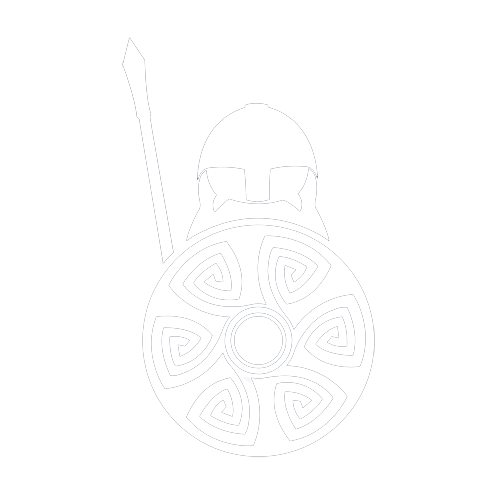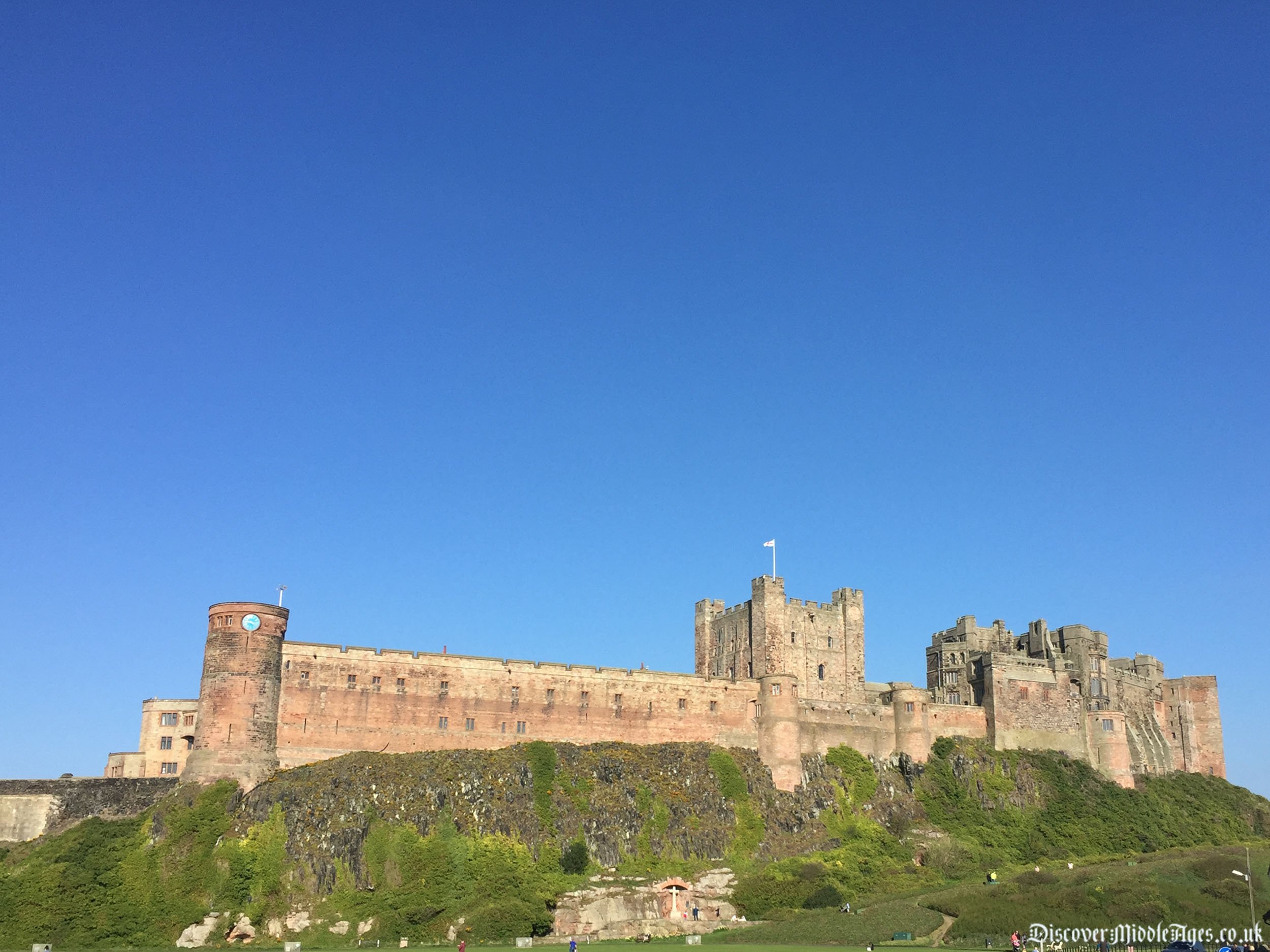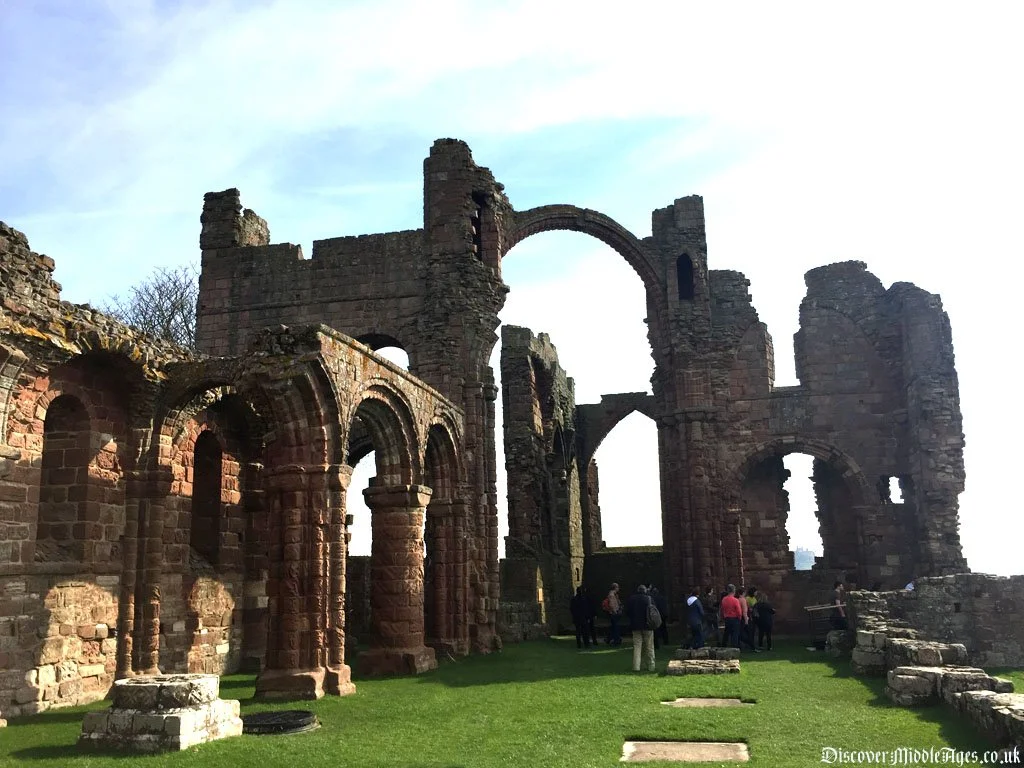Bamburgh Castle the Seat of Ancient Kings of Northumbria
Bamburgh Castle is a mighty stronghold, located high on a crag of dolerite rock, overlooking the Northumbrian coast. The rock forms part of the vast Whin Sill rock formation, which runs across Northumbria. The site of Bamburgh Castle has been inhabited since the Stone Age, and has proved to be an excellent location for a castle ever since.
Once home to the ancient kings of Northumbria, Bamburgh castle became a strategic and important capital for the kingdom. It saw the spread of Christianity and provided a home to the saint king, Oswald. With the invasion of the Normans that followed, Bamburgh Castle was built into a great Norman fortification, from which the Great Keep still stands today.
Bamburgh Castle the Celtic Brittonic fort Din Guayrdi
In Celtic Britain, the site of Bamburgh Castle was located in Din Guayrdi, which was the Brittonic name for Bamburgh at the time. Din Guayrdi was the capital of Bernicia, a large Brittonic/Anglian region spreading through modern day Northumberland, Durham, Berwickshire and East Lothian.
Din Guayrdi and the region of Bernicia was predominantly occupied by Britons from around 420 AD. But throughout the 6th and 7th centuries, the Britons struggled against the invading Anglian forces, eventually losing much of their territory in the North East.

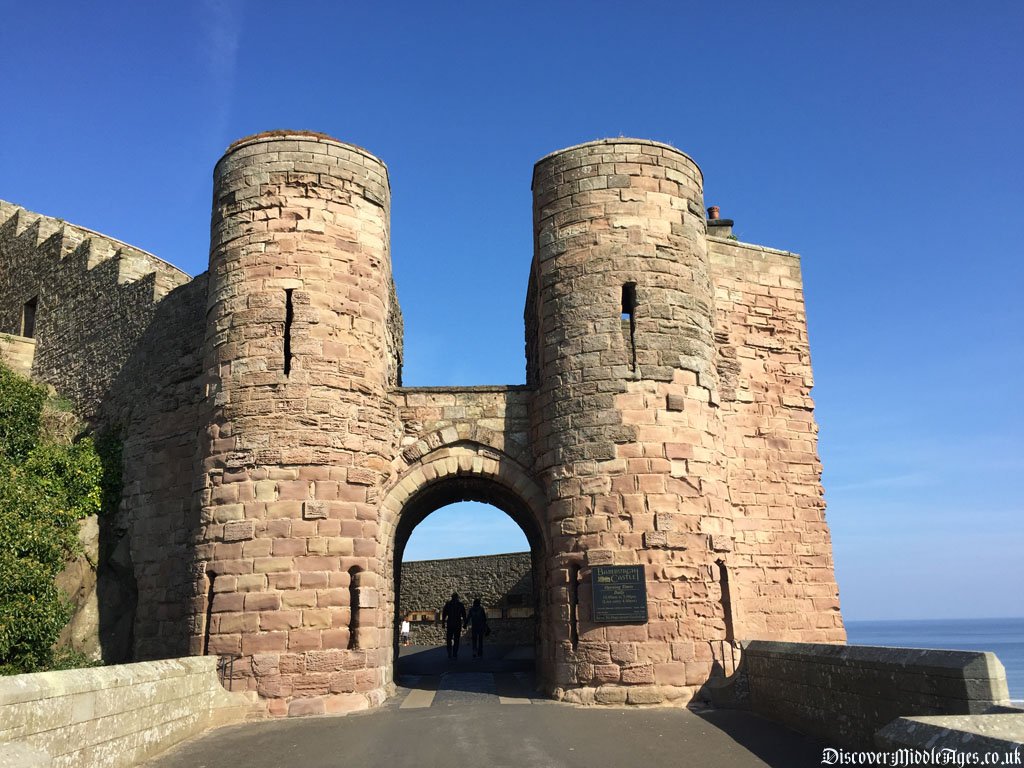
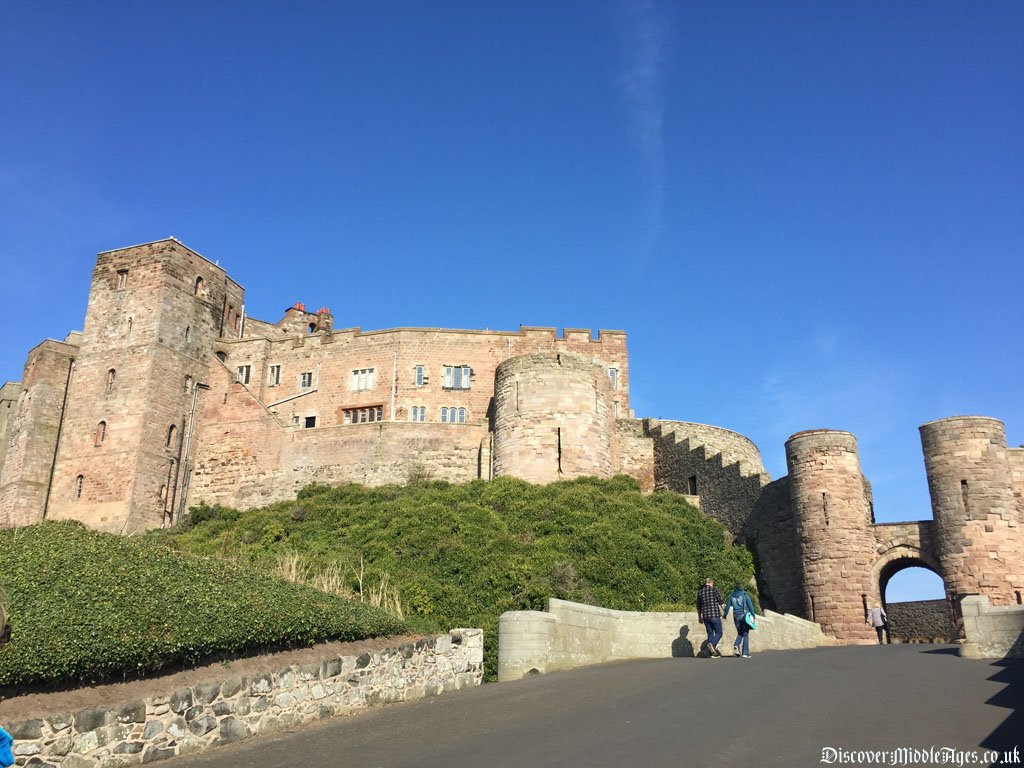
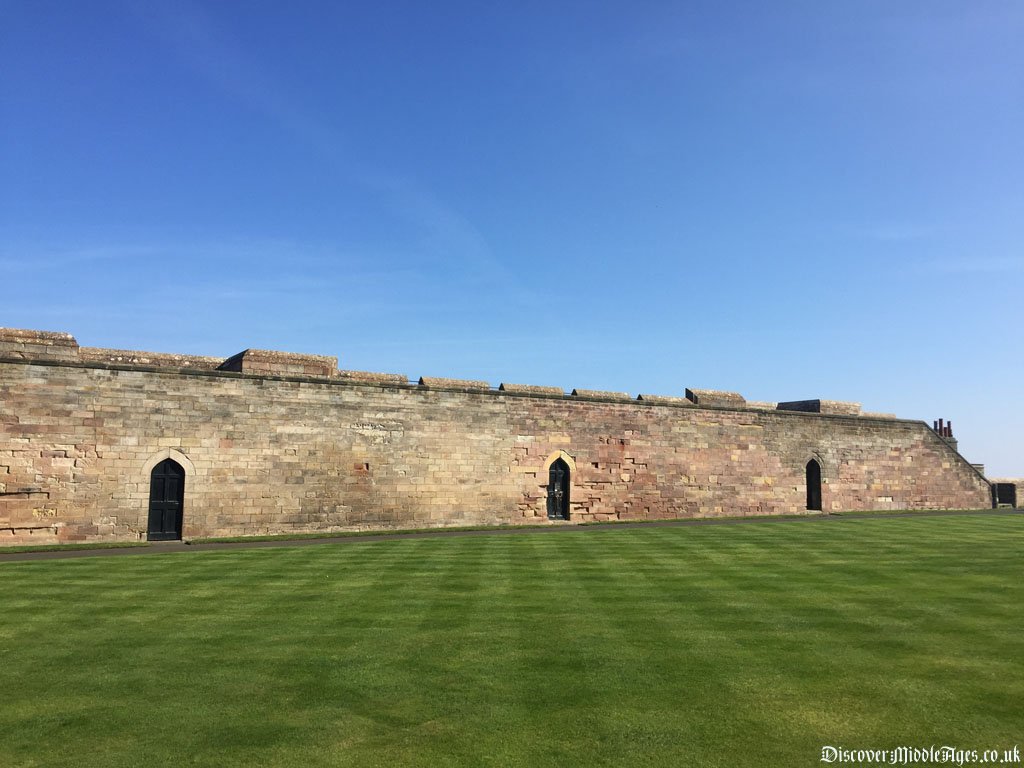
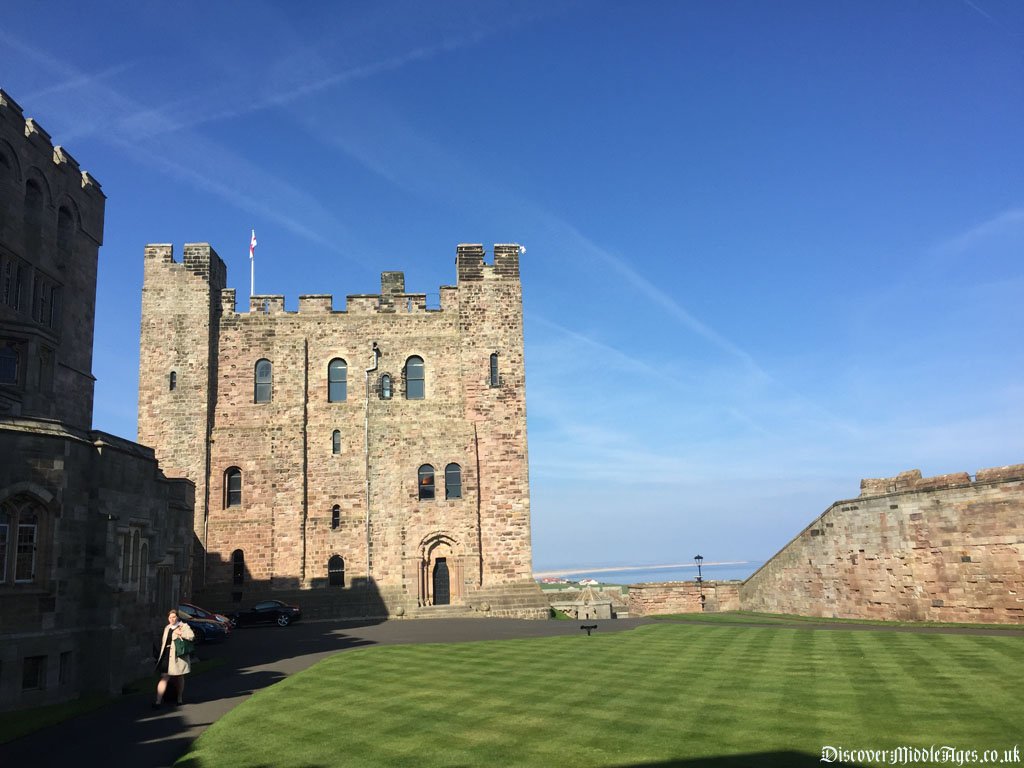
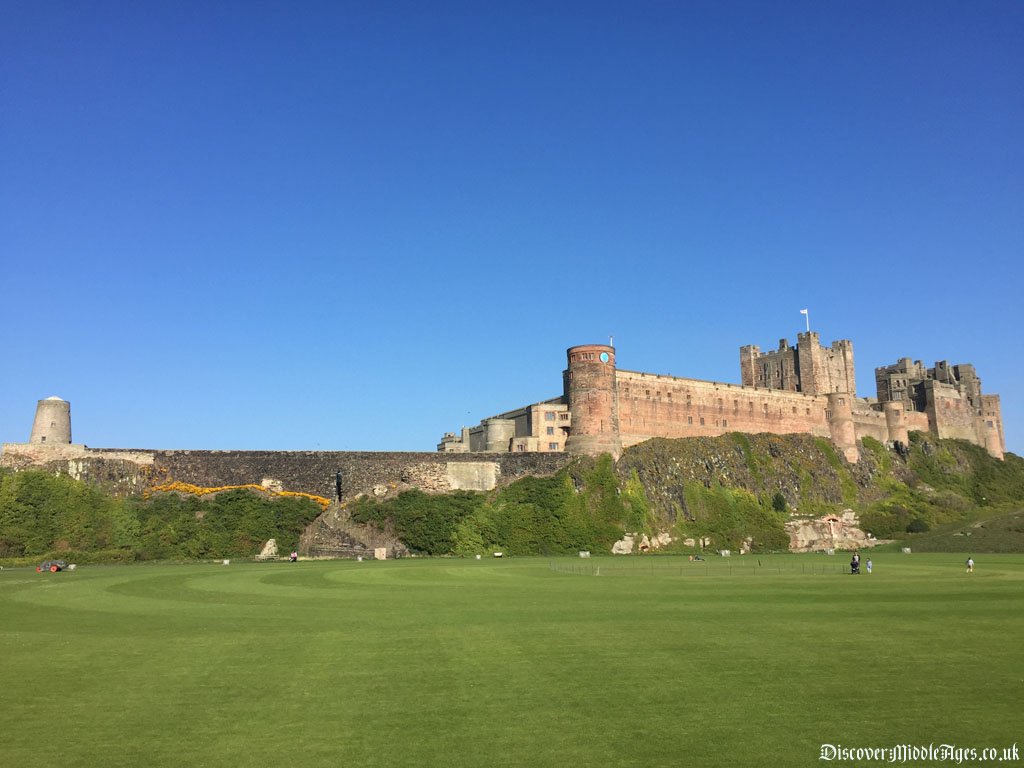
King Ida of Bernicia builds Bamburgh Castle
Ida son of Eoppa, was an Anglian warlord. During the territorial struggles against the Britons, he founded the Anglian kingdom of Bernicia. The Anglo-Saxon Chronicle states that Ida became King Ida of Bernicia in 547. The kingdom of Bernicia did not extend far inland from the coast, with ongoing resistance by the Britons preventing further expansion.
It is around this date, 547, that King Ida built Bamburgh Castle in Din Guayrdi. He ruled for twelve years, passing Bamburgh Castle and the kingdom of Bernicia on to his many sons.
However, not much is known about each succeeding son of Ida. Very little was recorded about their lives and reigns, and it seems that the kingdom was passed between brothers rather quickly!
The little evidence we do have, shows that the 7th known ruler of Bernicia, Hussa, was not related to Ida at all. When the kingdom was passed to Aethelfrith, Ida's grandson, in 593, Hussa's son and supporters rebelled. The Anglo-Saxon Chronicle supports this, referring to the Battle of Degsastan in 603, where Hussa's son is defeated by King Aethelfrith and his forces. The battle is likely to have come about by the tenuous claim made by Hussa's heir.
King Aethelfrith would go on to forcefully unite the kingdom of Bernicia with the kingdom of Deira, a neighbouring kingdom in 604. This unification formed the vast kingdom of Northumbria, the largest and most powerful of all seven Anglo-Saxon kingdoms, until his death in 616.
Bebbanburg
In 615, King Aethelfrith renamed the Bernician capital Din Guayrdi to Bebbanburg, in honour of his first wife, Bebba. Bebbanburg means Bebba's fort, which is how Bamburgh Castle got its name. This seems to reflect the adoption of the Anglo-Saxon language, where old Celtic names were being replaced with Anglo-Saxon ones.
Bebbanburg has recently come to fame through Bernard Cornwell's Saxon novels, and the BBC series The Last Kingdom, featuring Uhtred of Bebbanburg.
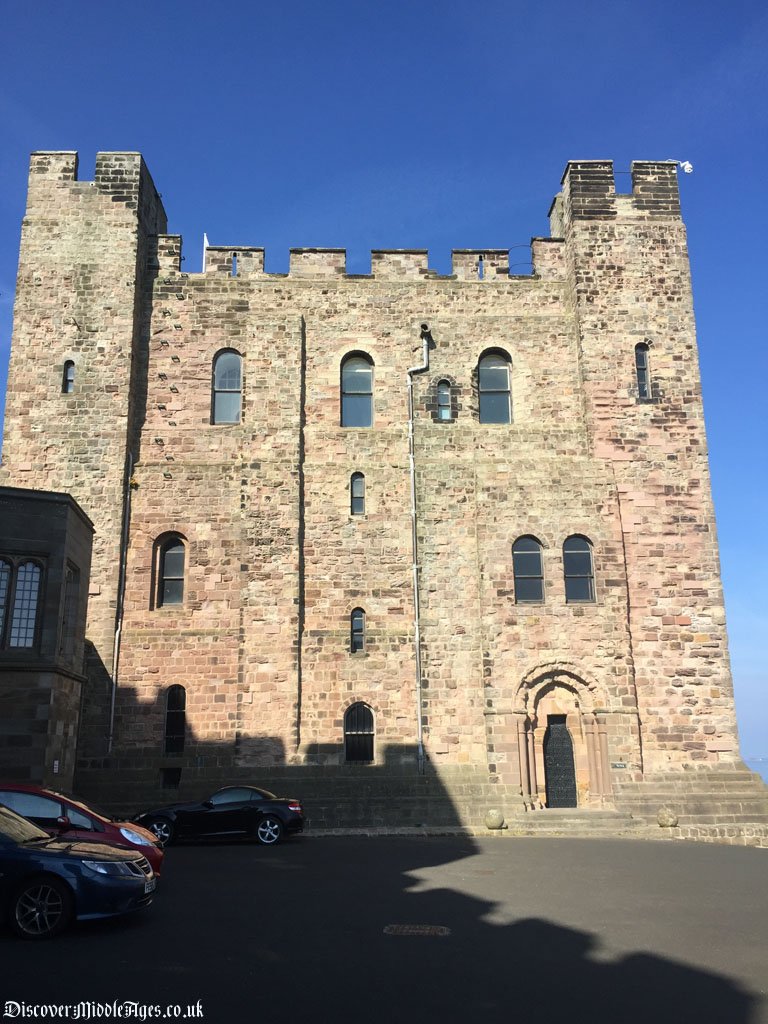
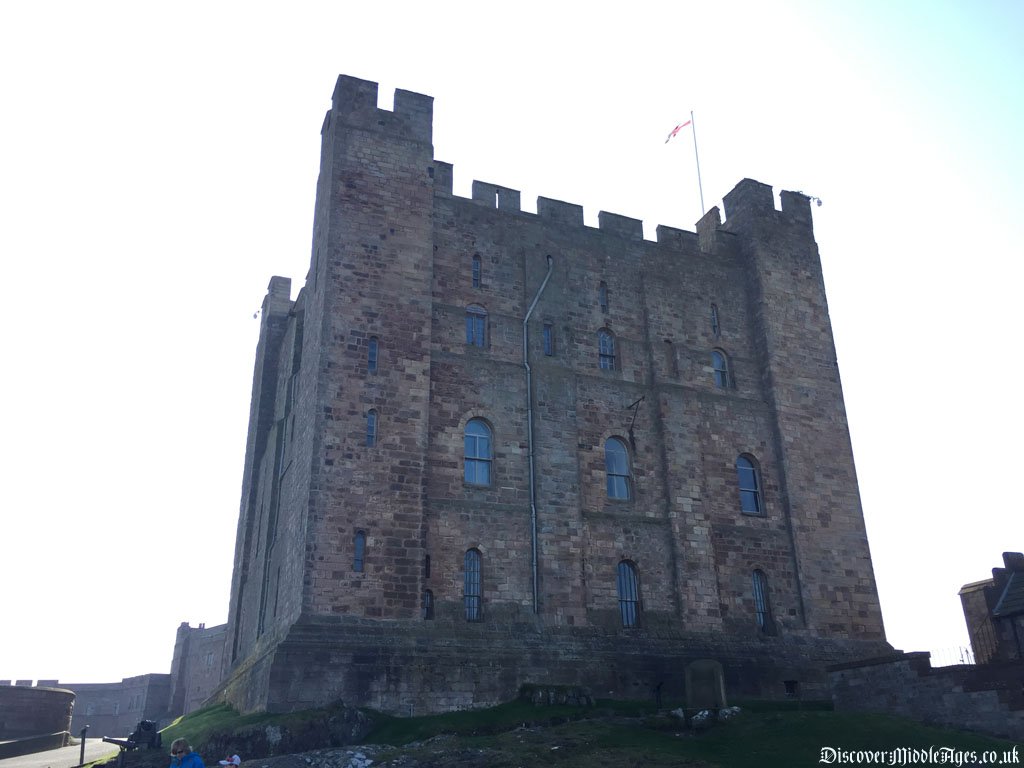
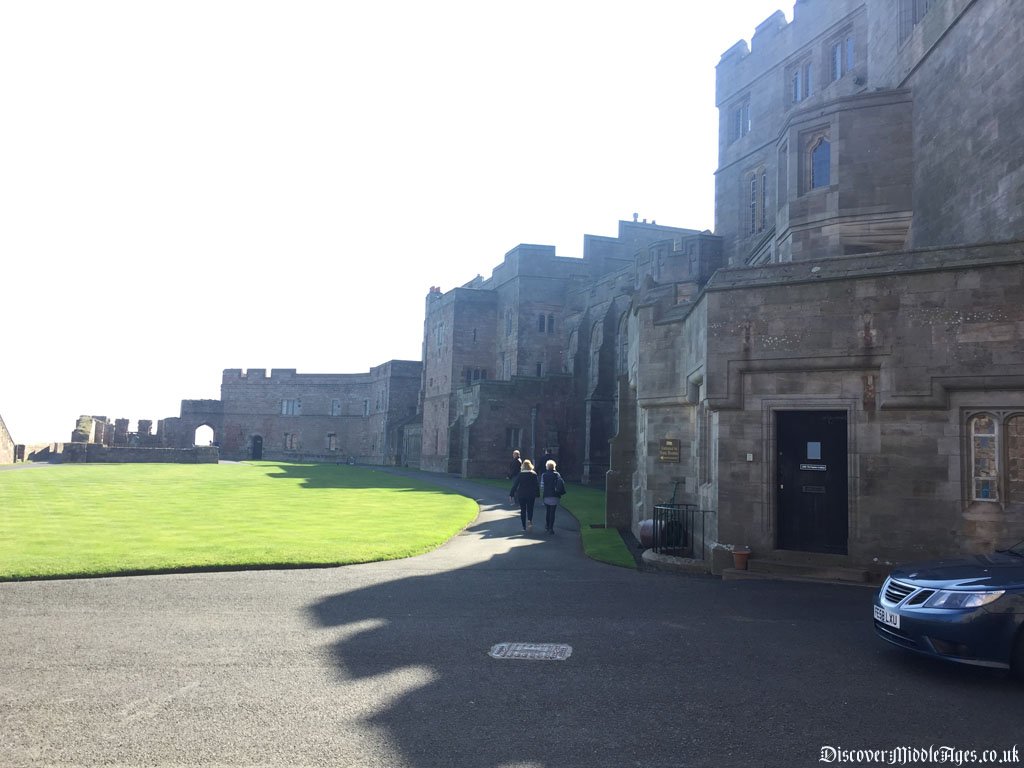
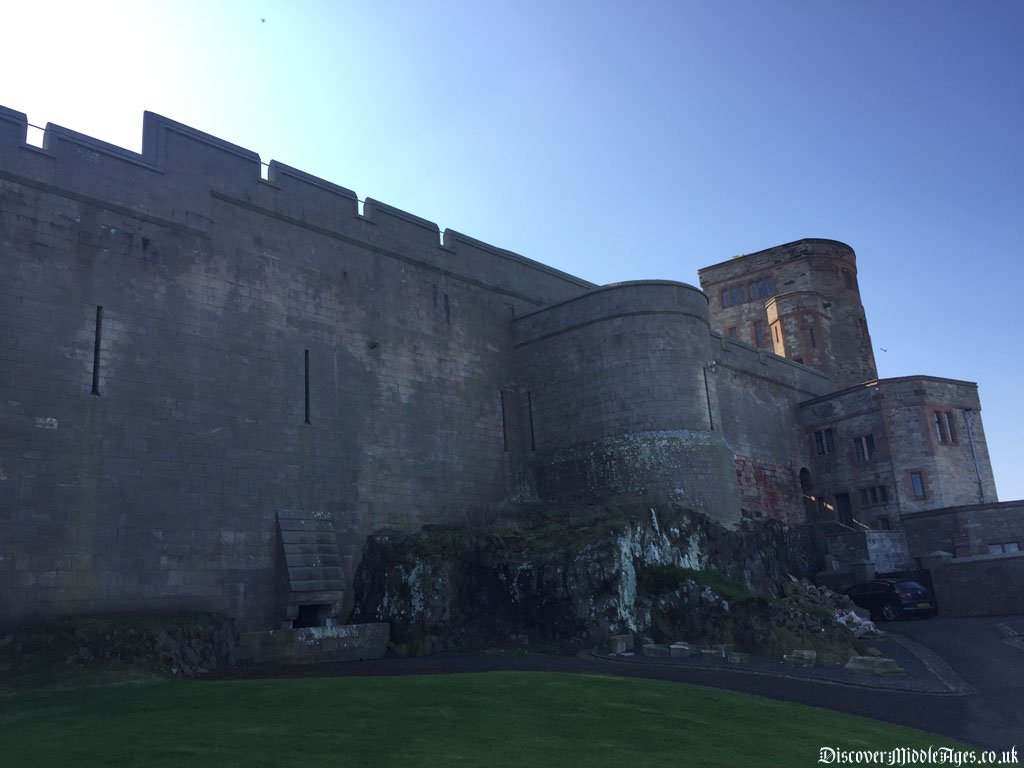


Bamburgh Castle, King Oswald and Christianity
In 616, Bamburgh Castle would once again change ownership. King Aethelfrith died, and his rival Edwin of Deira seized the Northumbrian kingdom. Edwin was the brother of Acha, the second wife to Aethelfrith, and uncle to 12 year old Oswald. With Oswald's loyalties lying with his father's kingdom of Bernicia, he had no choice but to flee to the Scottish kingdom of Dál Riata.
Young Oswald spent nearly 20 years living on the island of Iona. His reputation as a warrior grew in that time, fighting alongside his Celtic friends. But more famously, it was here at the monastery of Iona, founded by Columba of Ireland, Oswald was converted to Christianity.
In 633, Oswald's uncle Edwin was killed at Battle of Hatfield Chase by Caedwalla, King of the Britons. So Oswald returned from exile to claim his kingdom. More trouble was brewing though, Caedwalla and Penda, prince of Mercia were forming an alliance against the kingdom of Northumbria. Oswald knew that they had to be defeated, in order to rule in peace.
The following year, Oswald marched his forces to face the Britons. The night before the battle, Oswald had a premonition of St Columba, who told Oswald that his actions were fully supported by heaven. Oswald, bolstered by this vision, created a large cross to which his forces would rally. The next day, Oswald destroyed Caedwalla and Penda in what would become known as the Battle of Heavenfield, sealing his claim to the kingdom of Northumbria.
King Oswald was now free to spread Christianity across his kingdom, in the Golden Age of the North, using Bamburgh Castle as his base.
St Oswald's Gate
In the northern part of Bamburgh Castle, a recent discovery has been found through archaeological excavations. Two buildings were unearthed, and are believed to be a fortified gatehouse. The gatehouse would have been the original entrance to Bamburgh Castle, protected by a barbican and a drawbridge. St Oswald's Gate, as it is now known, would have provided safe access to a natural harbour on the coastline.
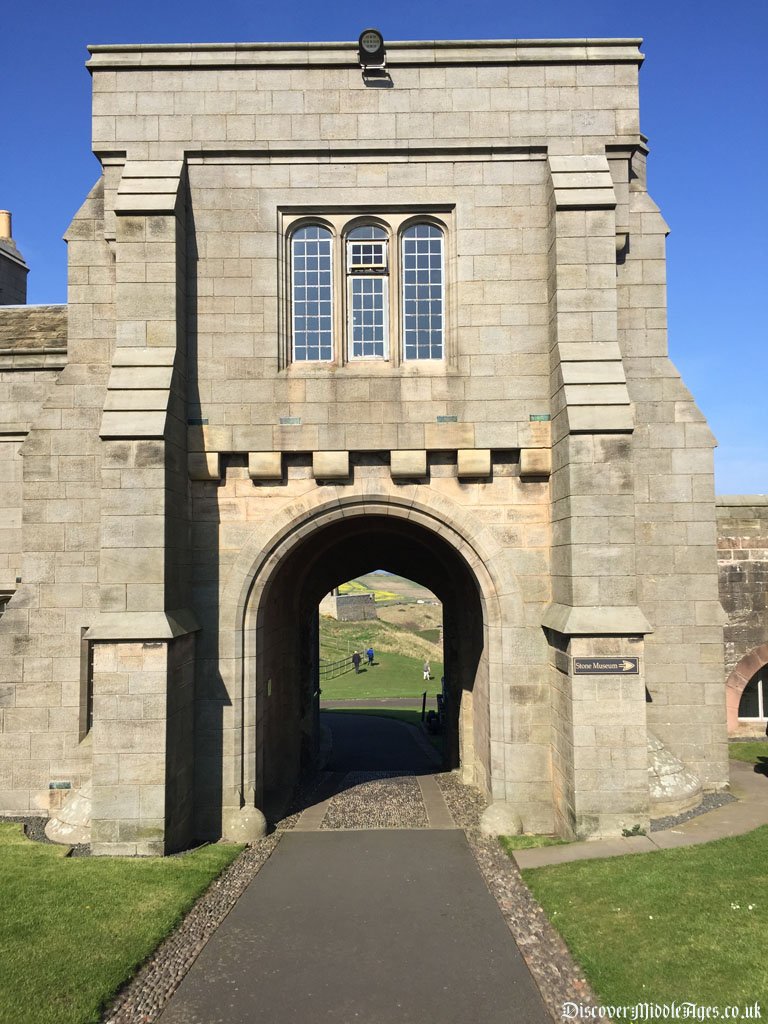
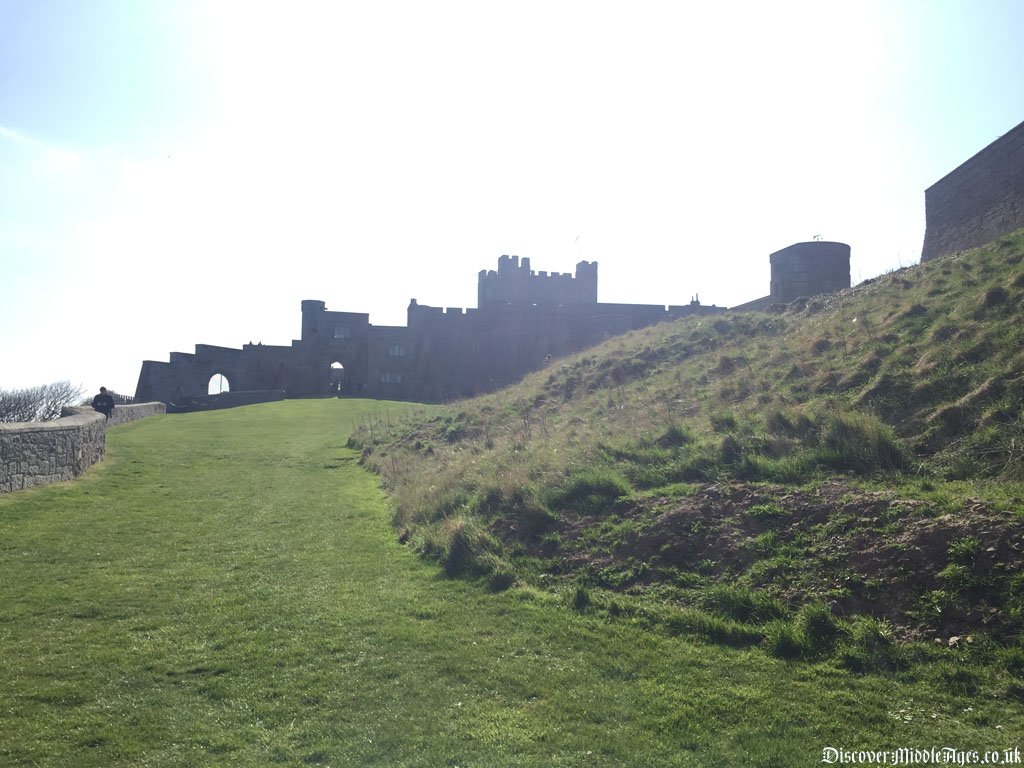
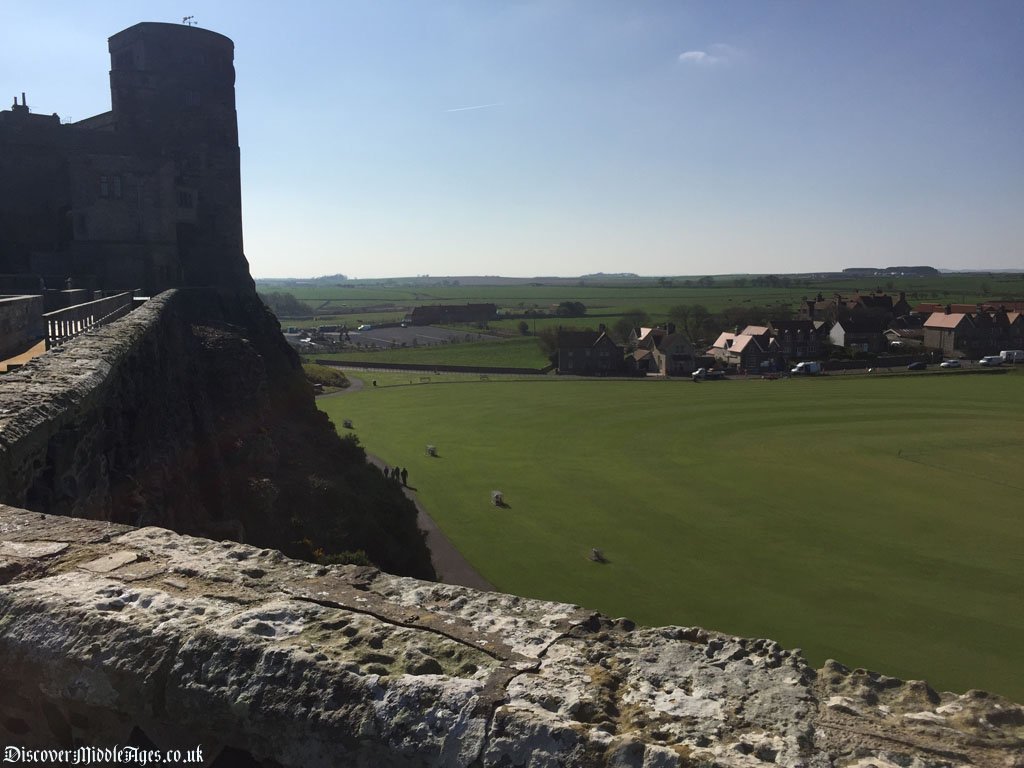
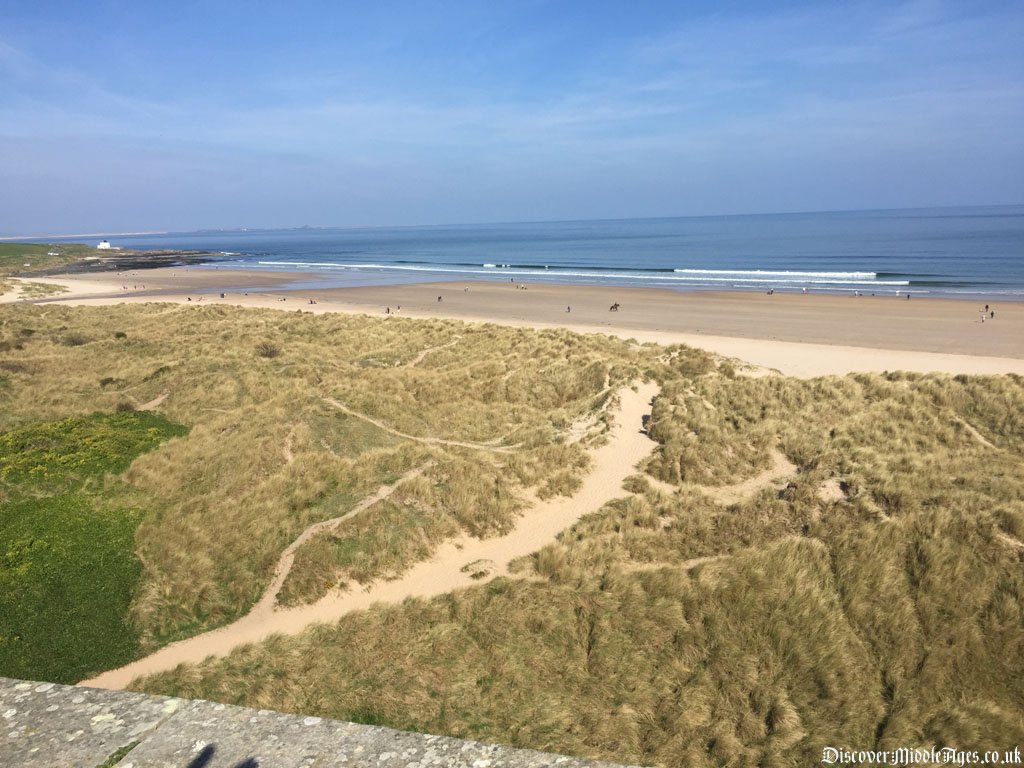
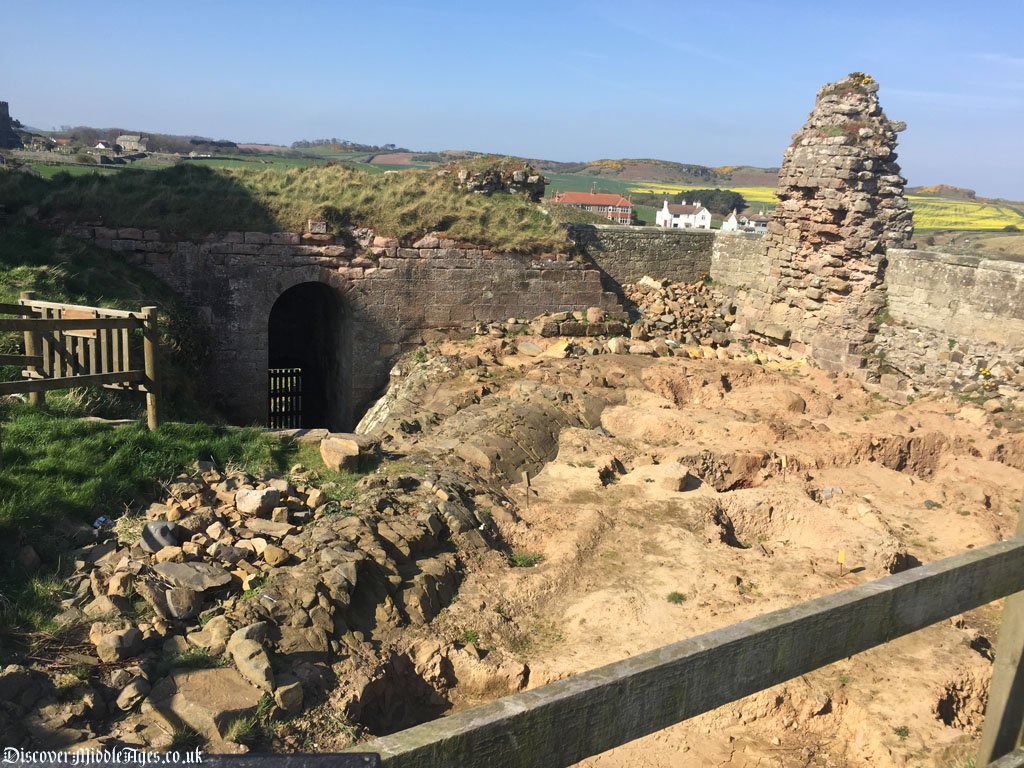
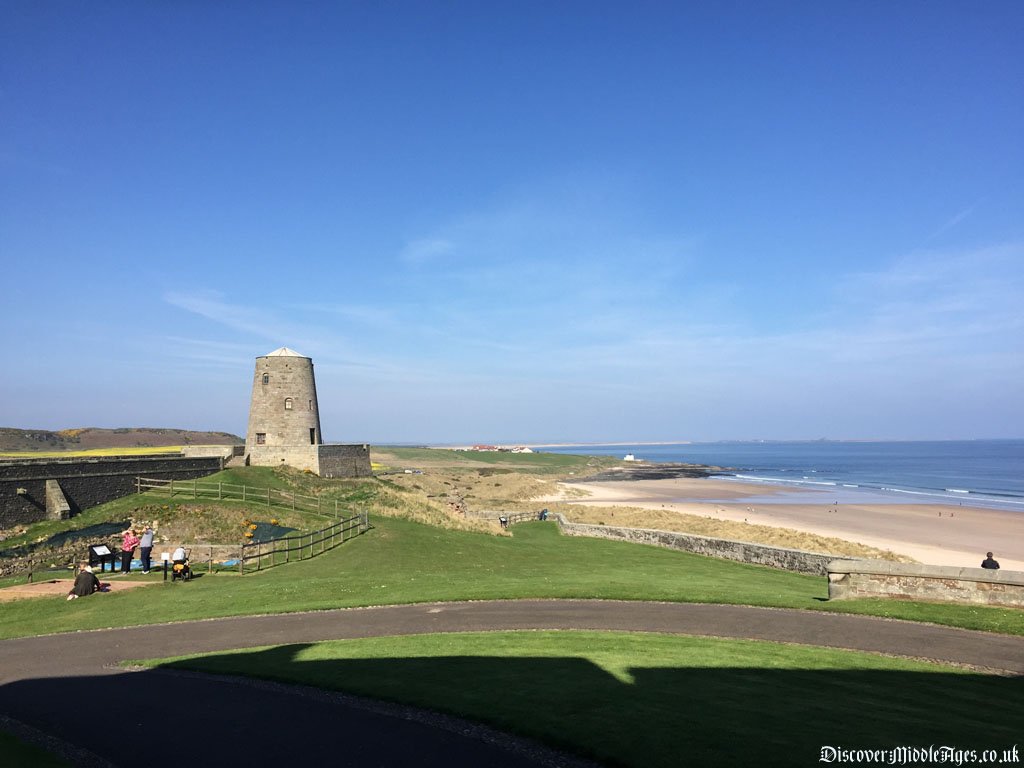
Lindisfarne
Bamburgh Castle in the capital of the kingdom of Northumbria, became the centre point for Christianity in the North East. King Oswald granted land for a monastery on the tidal island of Lindisfarne, which lies a few miles from Bamburgh. The location of Holy Island, as it became known, was ideal for St Aidan and his Irish missionaries. They liked the island because of its close proximity to Bamburgh Castle, and the isolation it offered. The causeway connecting England to the island still floods twice a day today.
In 635, St Aidan founded Lindisfarne Priory, and from there he and his missionaries set out to convert the northern Pagans to Christianity. In 665, Lindisfarne became home to Cuthbert, the most famous of Christian monks. When Cuthbert died in 687, pilgrims came to pray at his grave. Soon claims of healing miracles began to be made, and it was decided that Cuthbert's body should be enshrined.
A full 11 years after his death, when his body was well and truly skeletal, Cuthbert was enshrined before the high altar at Lindisfarne. Soon Lindisfarne became the most important pilgrimage site in the north of England, as pilgrims sought to be near the saint's relics when praying for help or healing.
The popularity and wealth of Lindisfarne did not go unnoticed. In 793, the Vikings invaded the island and slaughtered most of the monks there. The attack was the first of many raids from the Vikings, who targeted rich monasteries across the country.
Bamburgh Castle attacked by Vikings
After 200 years of Viking invasions, raiding and settling in England, the Danelaw being well established for over 100 years, Bamburgh Castle was attacked and destroyed. The high-reeve (ealdorman) of Bamburgh Castle was Waltheof, who could do little to stop the Viking attack. The kingdom of Northumbria was beginning to crumble, and Bamburgh Castle eventually fell into disrepair.
Wessex in the south was rising in power, while Northumbria grew weaker, and continued to face persistent attacks from both the Scots and the Danes.
Bamburgh Castle the Norman Fortress
Bamburgh Castle was eventually rebuilt by the Normans, started by King William I in 1070. The core of which you can still see today.
Rebellious Robert De Mowbray, Earl of Northumberland then owned the castle until King William II (Rufus) laid siege to it in 1095. Bamburgh Castle was soon surrendered, and forfeited to the Crown. In 1131, King Henry I began rebuilding some parts of the castle in red sandstone.
In 1164, under the reign of King Henry II, the Great Keep was built costing £4, and took 6 years to build! Further improvements were made by King Henry III in 1221, who built the Great Hall 45m long, and boasted glass windows and chimneys. Both the Great Keep and King's Hall (later version of the Great Hall) can still be seen today.
Bamburgh Castle Falls to Cannon Fire
In 1464, during the Wars of the Roses, Bamburgh Castle was besieged for 9 months by the notorious Yorkist Richard Neville, Warwick the Kingmaker, Earl of Warwick. The castle's defences had been improved at the turn of the century, but were no match for cannons. After a persistent barrage of artillery fire, Bamburgh Castle became the first English castle to fall to cannon fire. The castle was eventually handed back to the crown. A similar fate occurred at nearby Warkworth Castle, where seven shots of cannon fire forced it's garrison to surrender.
In 1603, after the Union of the Crowns where King James VI of Scotland acceded the throne of England, the threat of Scottish invasion had passed. With that, Bamburgh Castle was no longer seen as a strategic military fortress, and so the crown granted it to the Forster family.
By the 18th century, the Forster's became bankrupt due to allying with the wrong side of the Jacobite rebellion. They were forced to sell Bamburgh Castle to the Bishop of Durham.
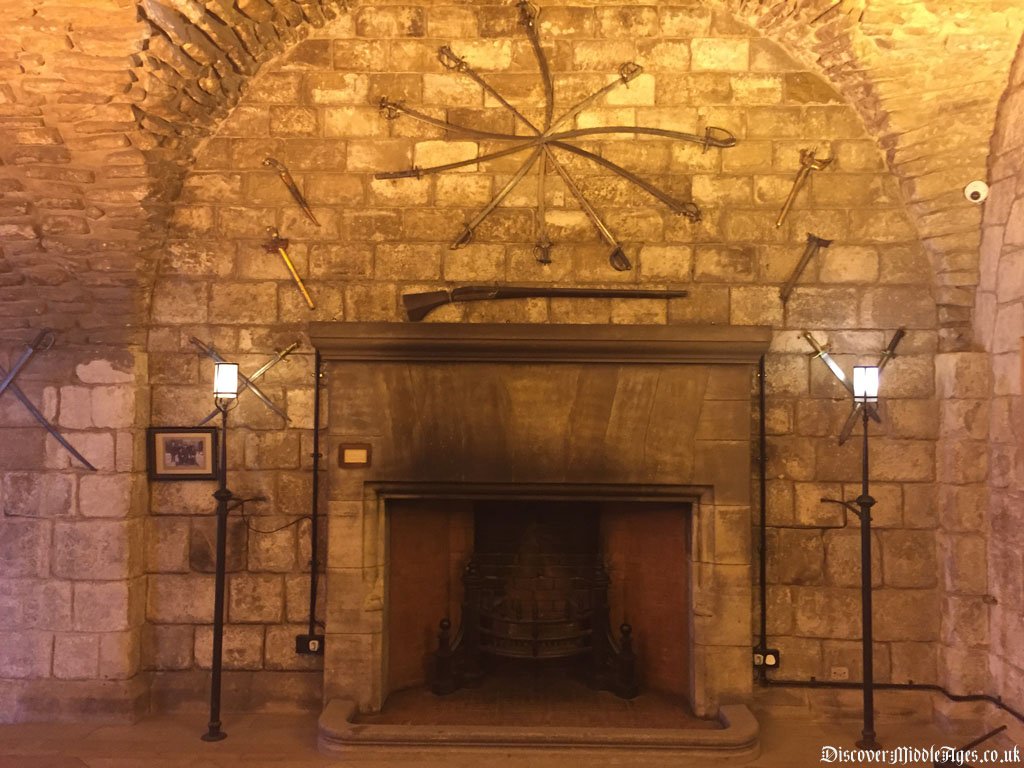
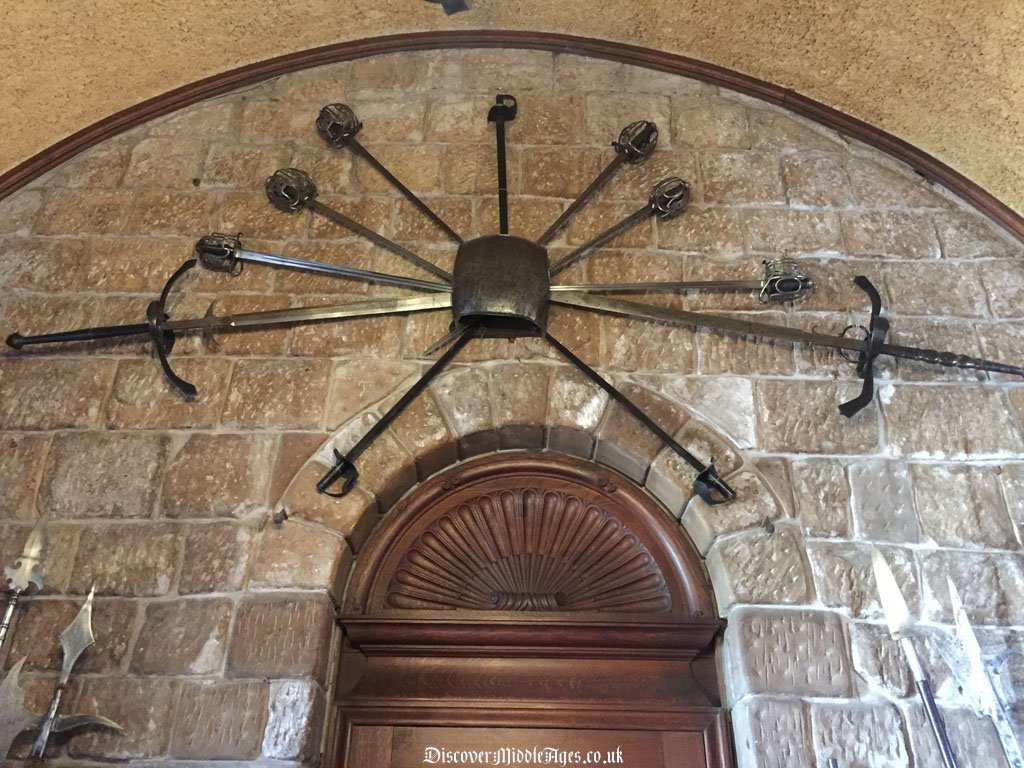

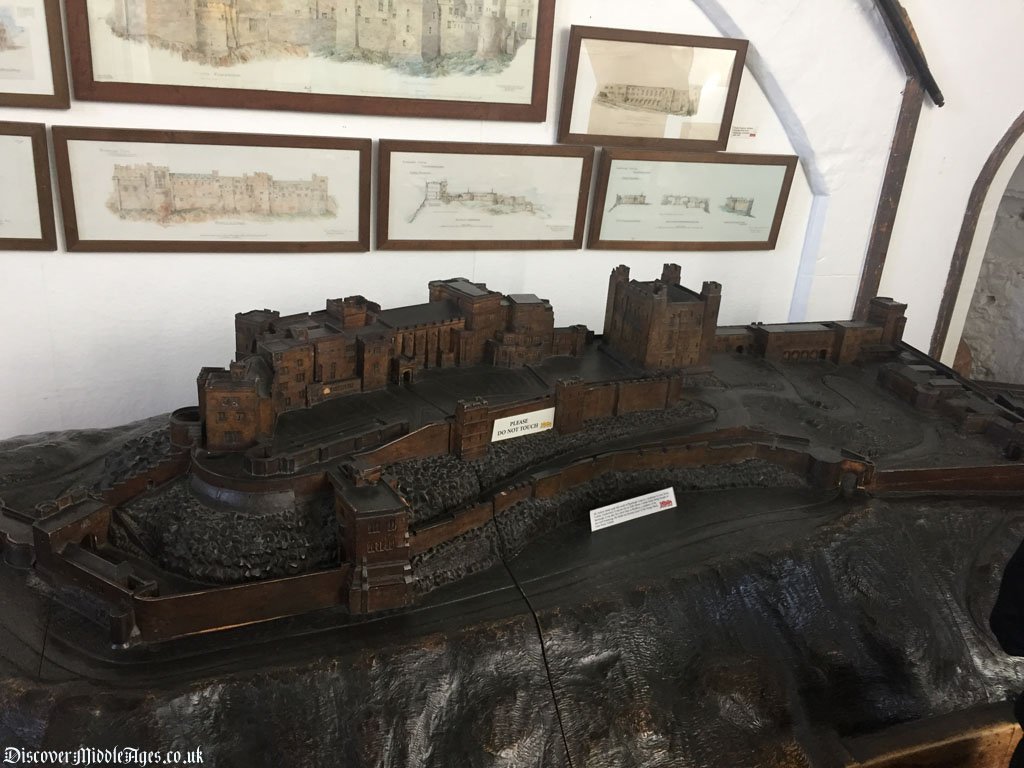
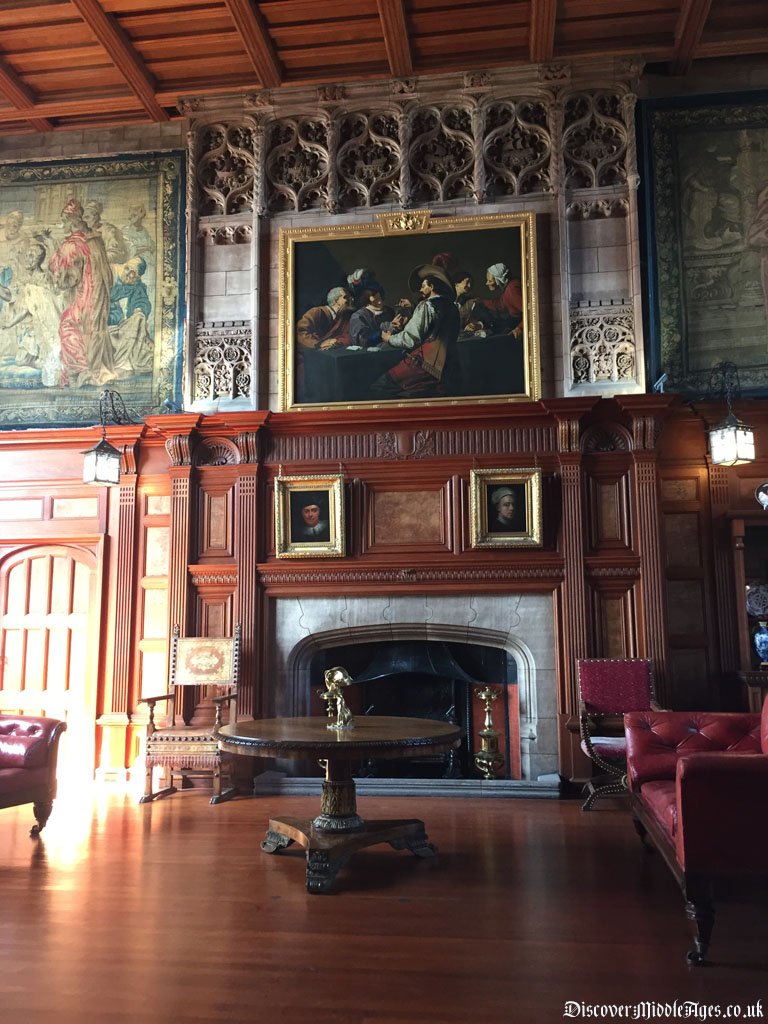
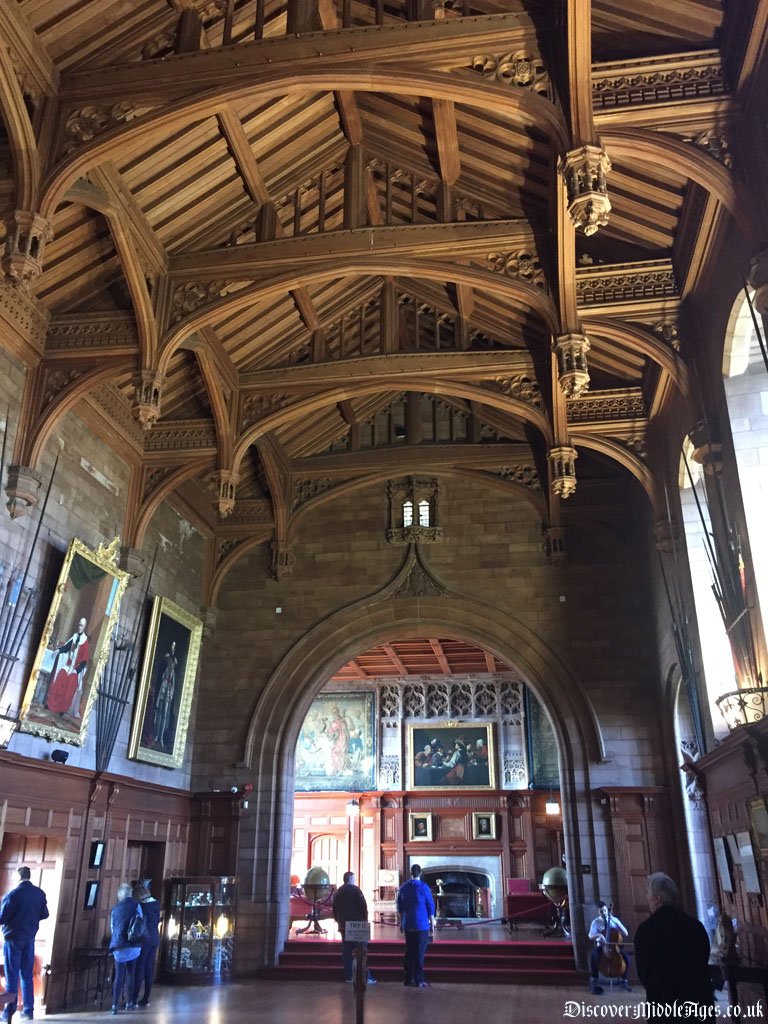
Victorian Bamburgh Castle
After years of neglect, and occasional restoration in part, Bamburgh Castle was eventually bought by William Armstrong, a wealthy Victorian Industrialist. Most of the buildings you see today at Bamburgh Castle are his doing, with the exception of the Great Keep. Most of the medieval stone work forms the base of the structure, including the vault in the clock tower.
Visiting Bamburgh Castle
Bamburgh Castle is run and managed by the Armstrong Family. For details on opening times, facilities and refreshments please visit: https://www.bamburghcastle.com/castle/
Address: Bamburgh Castle, Bamburgh, Northumberland, NE69 7DF
